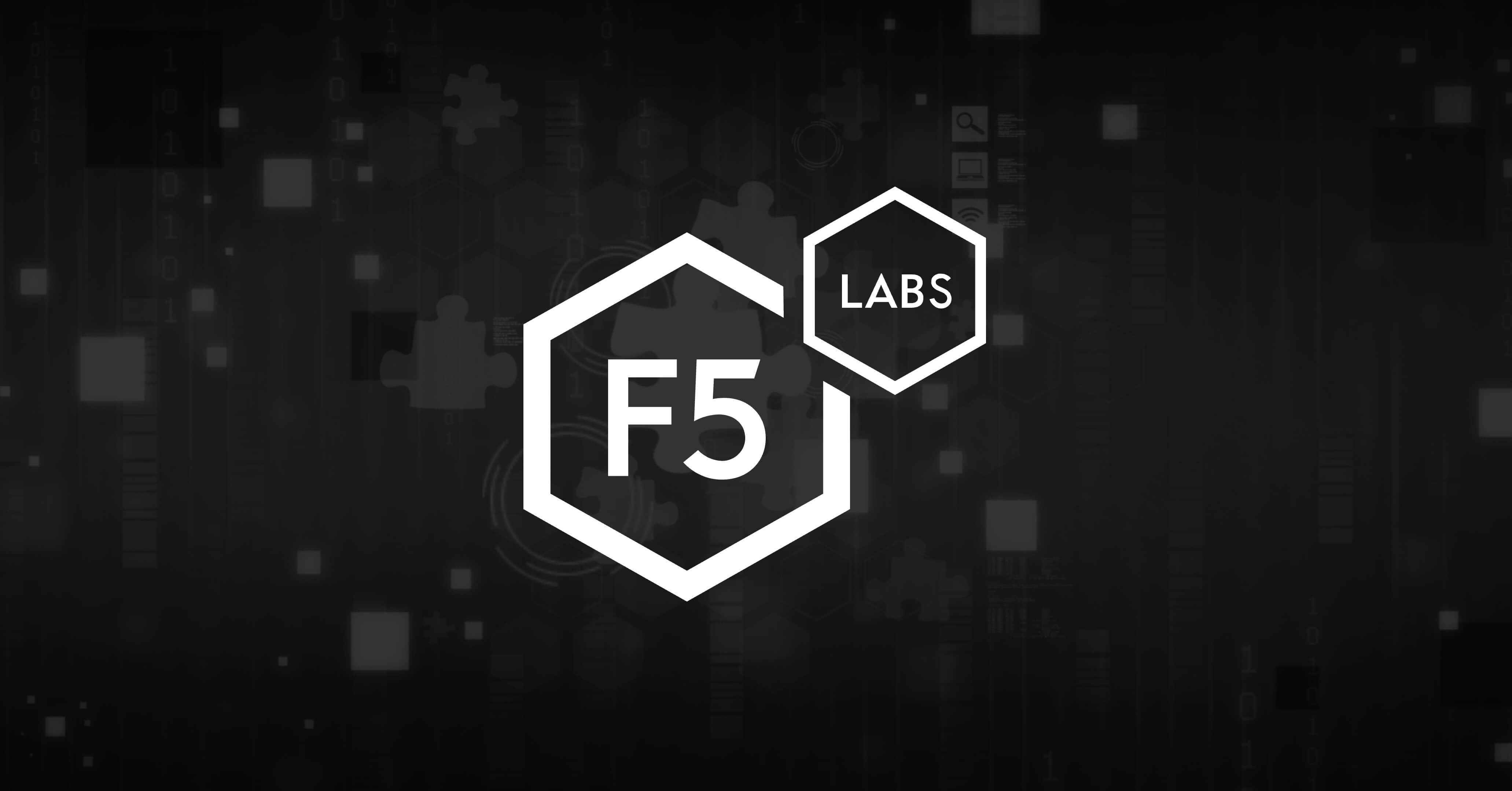- Oct 31, 2014
- 1,712
- Content source
- https://www.youtube.com/watch?v=j-0P7yBZy14


It would be interesting to test this on MH. If one does not use Trusted Application Mode (can detect batch files), then many setups based on Application Control tweaks can be insufficient. Probably, one has to add cmd.exe and certutil.exe to the untrusted group. Adding cmd to the untrusted group can produce software incompatibilities.As I always say in these cases, probably a tweaked Application Control would not compromise the system...
Yes, this is the new version 4.0 - did not found the analysis yet. But, the method is similar to ver. 3.3. Do you have any idea why the batch file from version 4.0 was not blocked by System Watcher?...
@Andy Ful: that variant of your link is already detected by Kaspersky, but probably the video one is a variant still not detected or it was recorded when still not detected...
...
We've missed you here.It is really nothing but a batch file (built around certutil with an encode verb) with a vbs tweak for show.
It is really nothing but a batch file (built around certutil with an encode verb) with a vbs tweak for show.
BitDefender protected folders/ATP is enough?Protected folders can be also implemented in Kaspersky products (Application Control -> Manager Resources), although it is not so easy than WD or others products just enabling and adding apps... but Kaspersky way is more customizable and You can assign rights for different opeations over the files, folders, registry keys...
@Andy Ful: that variant of your link is already detected by Kaspersky, but probably the video one is a variant still not detected or it was recorded when still not detected...
I think TAM is not necessary to also stop .bat files attacks -> System Watcher can do it also...
As far as I know, application control at the endpoint is not the same.